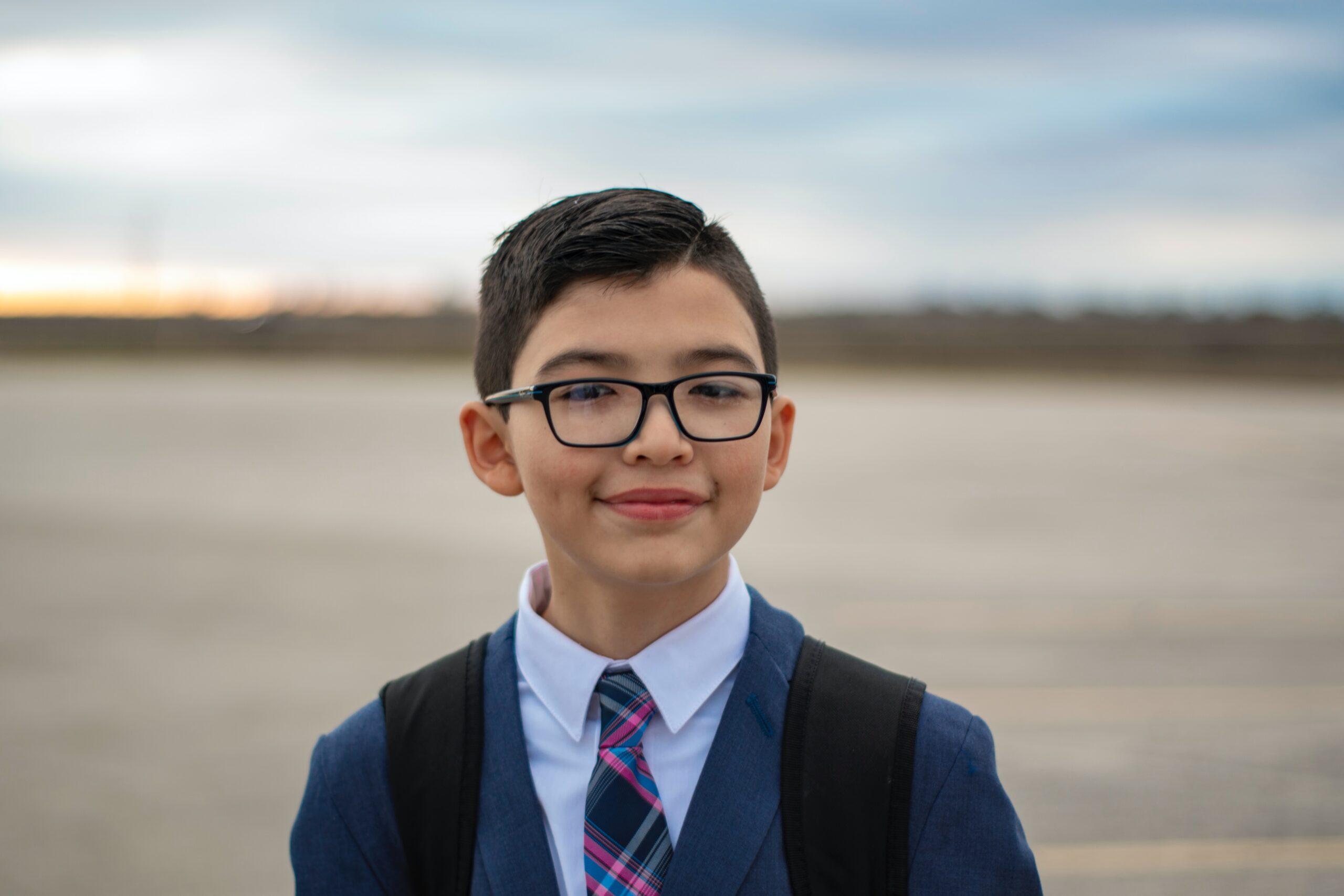Have you ever found “sells on the beas” (shells on the beach) or made “totwate tip tooties” (chocolate chip cookies) for a special holiday with your 2-year-old child? Often, a young child’s pronunciation of sounds is endearing and not a cause for concern. That’s because even though saying words clearly is easy for some youngsters, others need a lot of practice before they can say all of the sounds of their language correctly.
A child with a speech sound disorder may understand words and phrases and use them to talk. However, if his speech sounds different from his peers who are the same age, gender or ethnic group, or if he frequently avoids talking because he is hard to understand, he may have a speech sound disorder.
The strongest resource any child can have is a well-informed parent who knows which speech sound errors are normal, which are not and how to help a child say speech sounds when they are developmentally ready.
Research suggests that if speech problems are left unchecked, this may lead to reading and spelling difficulties, social challenges and self-esteem problems.
What is Normal?
The ability to say specific sounds is acquired at different ages. By about 30 months old, most children have learned to produce all the vowel sounds correctly. However, for many children, the ability to say consonant sounds, as outlined in the guidelines below, develops more slowly. These are simply guidelines, and it is always wise to seek professional help if you have any questions about your child’s development in any area.
You should be able to answer yes to the questions below that pertain to your child’s age level.
- Do you understand approximately 25 percent of what your 18 month old is saying?
- Do you understand approximately 60 -75 percent of what your 2 year old is saying?
- Do family members and caregivers understand your 3 year old’s speech? Does he correctly produce vowels and such sounds as: /p/, /b/, /m/, and /w/ in words, and repeat when not understood without becoming frustrated?
- Do people with whom you do not regularly associate with understand your 4 year old when he speaks? Does he correctly produce the /t/, /d/, /k/, /g/ and /f/ sounds?
- Is your 5 year old’s speech understood by most listeners in all situations?
- Is your 8 to 9 year old able to make all the sounds of his language correctly, including /r/, /s/, /z/, and consonantal blends? A blend is two consonants together, such as: /bl/, /tr/, /sk/, /sn/.
Listening to Sounds
In order to learn to speak clearly, children need a lot of practice hearing and making sounds. Being able to say a sound in isolation (e.g., the /b/ sound at the beginning of “boy”) is often the first step in combining sounds into meaningful words. Over-enunciate the sound below and encourage your child to make the sounds and pretend with you. Remember, your child’s pronunciation may not be perfect.
- Say “f….” as you pretend you are an angry cat.
- Say “z….” as you pretend you are a buzzing bee.
- Say “v….” as you pretend you are a pesky mosquito.
- Say “s….” as you pretend you are a slithering snake
- Say “r….” as you pretend you are a growling tiger.
- Say “g….” as you pretend you are drinking a cup of water.
- Say “sh…” as you pretend to put a favorite stuffed animal to sleep.
How to Help
In most instances, it is wise not to ask your child to repeat a word after he has said it incorrectly. Many children are not able to say a sound correctly because they do not hear the difference between the correct and incorrect production of the sound. Therefore, give your child many opportunities to hear the sound modeled (said) correctly. As you repeat the word, over-enunciate the sound your child is mispronouncing by saying it louder and longer. Continue talking and make the troublesome word a natural part of your conversation.
For example:
Child: “I see a dot.”
Parent: “Yes, I see the dog. He is a big dog. Would you like a dog like that?”
Child: “Yes, I want a dot.”
Parent: “Maybe we can get a dog soon.”
If you cannot understand what your child is saying, in most cases, it’s best to gently tell him that you are having trouble understanding what he is trying to tell you, rather than pretending to understand his words. Try to focus on what he says, rather than how he is saying it. Show by your words and actions that you are trying to understand. Try understanding just one word. Use that word to ask him questions. You might ask, “Can you help me understand, please?” If your child feels he needs to help you, and that you are the one having a problem (not him), he may repeat his words more slowly, try to say them another way, or point or use some sort of gesture to be your helper. Show your acceptance with nonverbal responses such as smiles, hugs and friendly words.
Finding Professional Help
As most children mature, their overall speech patterns usually become more understandable. However, some children need speech therapy. A speech/language pathologist is trained to assess, treat and help prevent speech and language problems in children (beginning at birth) and adults. This professional may work in a variety of settings, including colleges or universities, hospitals or medical clinics, local public schools and private offices. To find a speech/language pathologist close to your home, you can call your local school district; look in the yellow pages or call the American Speech-Language-Hearing Association— ASHA (1-800-638-8255). You can also go to the ASHA Web site and click on “Find a Professional.” This will certainly set your mind at ease if you learn your child is developing as he should, or that getting help at an early age will make treatment easier. You can relax and have fun helping your child reach his true potential.




